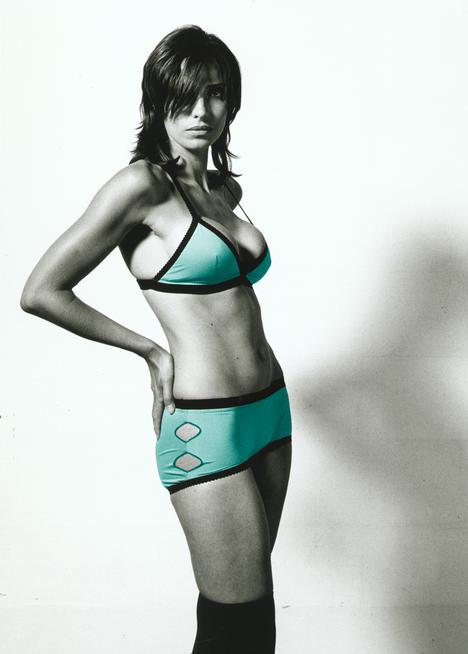Want ethical clothing? You have to go with bamboo, people say. There hasn't been this much enthusiasm for a renewable product since ethanol in the 1990s.
If you follow the hype, bamboo fabric is soft, durable and elastic. It hangs as gracefully as silk, has an attractive, lustrous sheen and plants grow in 4 years. It is, in other words, perfect. Except it isn't.
Ironically, unless it is treated with harmful chemicals, bamboo is not that great. Raw bamboo fabric lets almost all harmful UV radiation pass through and reach the skin and because cellulose fibers allow moisture to leak in and provide more food for bacteria to eat, the resulting bacterial blooms can lead to unpleasant odors and unsanitary clothing.

Subhash Appidi and Ajoy Sarkar, Ph.D., from Colorado State University have discovered a way of making bamboo fabric that is resistant to the sun’s damaging ultraviolet (UV) radiation and has anti-bacterial properties.
Appidi's goal is to create clothes for use in the medical environment that are nearly 100 percent antibacterial and UV-resistant. Appidi increased the UV-protecting abilities of fabric by coloring pieces of commercially-available bamboo cloth in a dye laced with UV absorbing chemicals. After finding the optimal concentration of absorbing chemicals, he tested UV protection levels.
To improve on the intrinsic antibacterial properties of bamboo, Appidi treated pieces of commercially purchased bamboo fabric with Tinosan —“one of the better antibacterial agents on the market right now,” according to the researcher.
His results showed a 75-80 percent bacterial reduction, a significant improvement over untreated bamboo fabric. There was also a profound increase in UV protection, he said. In terms of “ultraviolet protection factor” (UPF), any value of over 50 is deemed safe against UV rays. Appidi said his treated fabric almost reached 56.
More research may get Appidi’s bamboo fabric in hospitals — and eventually store shelves. He is investigating other antibacterial agents that may help him attain a 99 percent bacterial reduction in bamboo fabric. Insight into the effect of multiple laundry cycles is also necessary, though preliminary findings suggest that the UV and microbial protection remain after washing.
Eventually, Appidi would like to see bamboo fabric become as common in the United States as it is in Asian countries. “There are good prospects for bamboo fabrics in the future,” says Appidi.





Comments